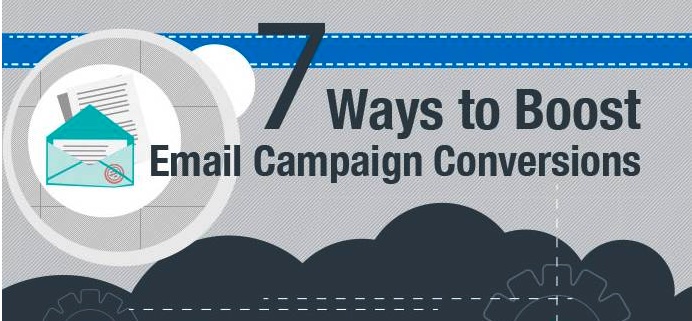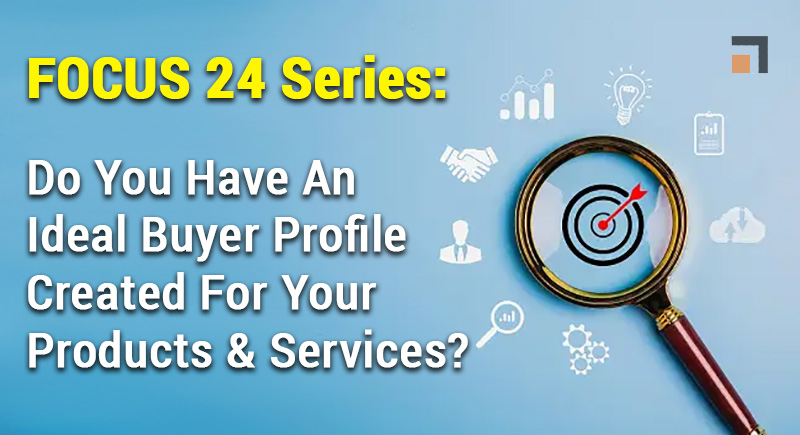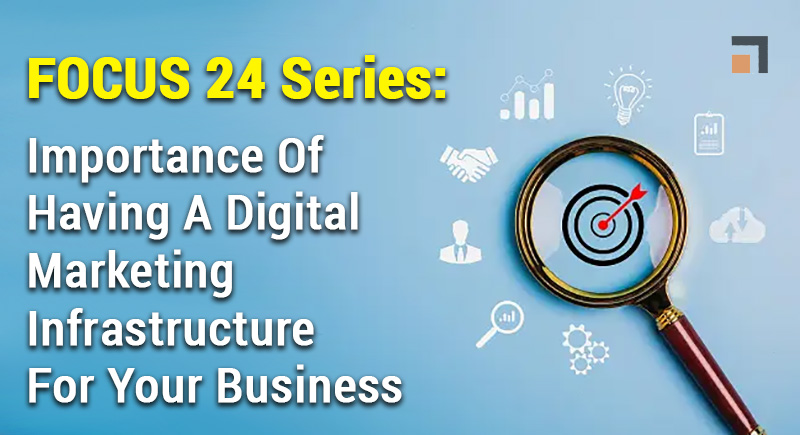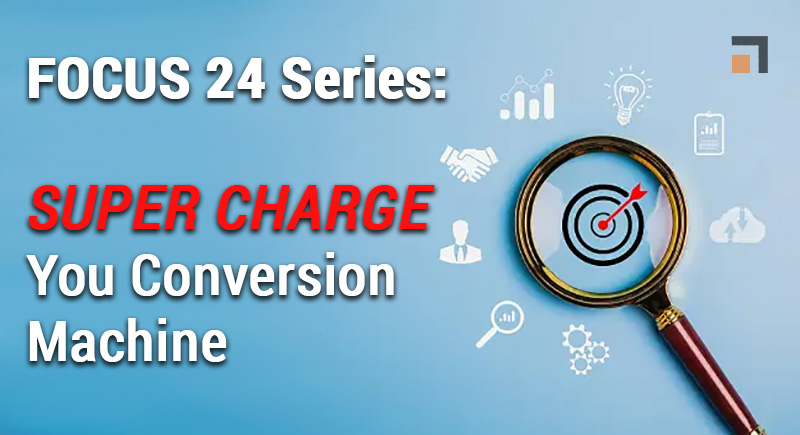Marketing’s 95/5 Rule That They Didn’t Tell You About
The 95-5 rule is a fundamental concept for business growth in the B2B landscape. It states that only 5% of your target market is actively seeking a solution at any given time. The remaining 95%, while not currently in the buying cycle, represent your future customer base. This emphasizes the importance of demand generation as a key strategy for building brand awareness and nurturing relationships long before buyers are ready to purchase.
The Problem with Lead-Gen:
Traditionally, B2B marketing has focused heavily on lead generation, targeting individuals actively searching for solutions. While lead generation remains important, it only addresses the 5% of your market that is currently in-market. This approach ignores the vast potential of the 95% who are not actively seeking a solution but may become future customers.
The Benefits of Demand Generation:
Shifting from lead-gen to demand-gen offers several advantages:
- Long-Term Relationship Building: Demand generation focuses on nurturing relationships with potential customers and industry influencers, building trust and loyalty over time. This leads to stronger sales conversions and long-term customer value.
- Wider Audience Reach: Demand generation strategies reach a broader audience, including those not actively searching for your product. This expands your potential customer base and opens doors to new markets.
- Reduced Dependence on Inbound Leads: By proactively creating interest, you reduce reliance on inbound leads, making your marketing efforts more predictable and less dependent on immediate market trends.
- Brand Building: Demand generation activities like content marketing and social media engagement enhance your brand’s reputation and authority, attracting and converting leads more effectively.
- Adaptation to Changing Buyer Behavior: Modern consumers are more informed and empowered, requiring businesses to adapt their marketing strategies. Demand generation aligns with this shift by providing valuable content throughout the customer journey, not just at the point of purchase.
- Better ROI: While lead generation may offer short-term gains, demand generation provides a superior ROI over the long term. By nurturing relationships and focusing on the entire customer journey, you increase customer lifetime value and generate more sustainable revenue.
- Alignment with Modern Marketing Techniques: Demand generation leverages modern marketing techniques such as inbound marketing, content marketing, and social media engagement, maximizing their effectiveness in today’s digital landscape.
- Competitive Advantage: By adopting demand generation, you differentiate yourself from competitors who rely solely on lead-gen, gaining a competitive advantage through a strong brand presence and consistent customer engagement.
- Data-Driven Insights: Demand generation utilizes data analytics to understand customer behavior and preferences, allowing you to refine your strategies continuously and make informed decisions based on real-time insights.
Conclusion:
While lead generation remains valuable, demand generation is essential for long-term B2B success. By understanding the 95-5 rule and focusing on building brand awareness, nurturing relationships, and engaging a wider audience, you can position your business for sustainable growth and adapt to the ever-changing B2B landscape.
Building an effective digital marketing program for your business can be confusing today due to the many available options. Pull out your calendar right now and let’s schedule a time when we can figure out together the ONE BIG THING you should do first to get more prospects aware of your products and services that will convert them to customers as well as start an effective marketing plan to get your brand IN Demand! Sign up for a FREE 30-Minute Discovery Call to audit your current marketing plan for better results.
Oh! When we do talk, you will get our “No Pitching” guarantee. No pitching means we will not try and sell you in any way. If you want MORE after 30 minutes you will have to ask for it! We think that sounds fair, don’t you? Well, after all, that is what we are known for.






